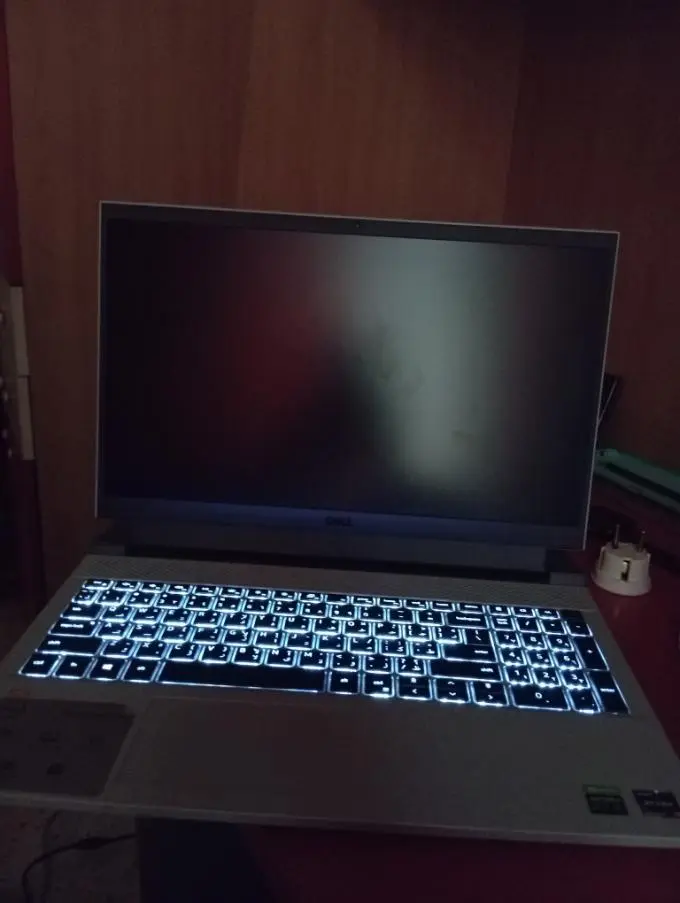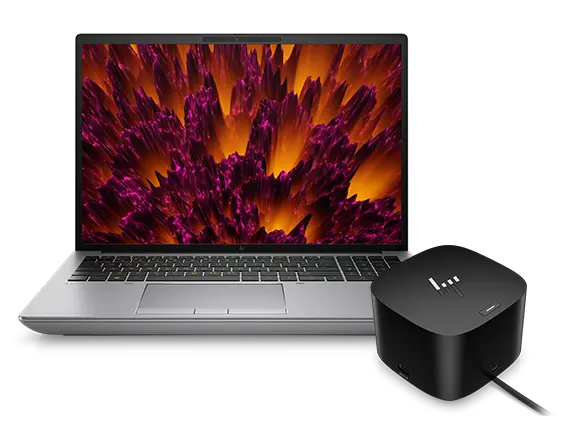Updating the BIOS on your Dell G15 5515 Ryzen Edition is intended to enhance performance and stability. However, many users have reported experiencing a black screen after updating to BIOS version 1.18. If you’re facing this issue, you’re not alone. This guide will explore potential solutions to get your laptop back to working order.
Common Issue: Black Screen After BIOS Update
Many users have reported that after updating the BIOS from version 1.16 to 1.18, the screen goes black, but the laptop still functions when connected to an external monitor. This issue can be frustrating, especially if you rely on your laptop for daily tasks.
Why Does This Happen?
BIOS updates are meant to improve hardware compatibility, security, and performance. However, sometimes these updates can cause unforeseen issues, such as display problems. The black screen issue might result from:
- Incompatible Update: The new BIOS version may not be fully compatible with your laptop’s hardware.
- Corrupted BIOS Update: The update process might have been interrupted or corrupted.
- Display Driver Issues: The update could have affected the display drivers.
Troubleshooting Steps
1. Connect to an External Monitor
Since you mentioned that the laptop works with an external monitor, this indicates the issue is likely related to the laptop’s display or its connection to the motherboard. Here’s what you can do:
- Check Display Settings: Sometimes, the update can reset your display settings. Connect your external monitor and check if the internal display is disabled.
- Update Display Drivers: Ensure that your display drivers are up to date. You can download the latest drivers from the Dell Support website.
2. Perform a Hard Reset
A hard reset can sometimes resolve display issues. Here’s how to do it:
- Turn off your laptop.
- Disconnect all peripherals (USB drives, external monitors, etc.).
- Unplug the power adapter.
- Press and hold the power button for 15-20 seconds.
- Reconnect the power adapter and turn on your laptop.
3. BIOS Recovery Mode
If the above steps don’t work, try entering BIOS Recovery Mode:
- Turn off your laptop.
- Press and hold the CTRL + ESC keys.
- While holding the keys, connect the power adapter.
- Release the keys when the BIOS recovery screen appears.
- Follow the on-screen instructions to attempt a BIOS recovery.
4. Roll Back BIOS Update
If BIOS Recovery Mode doesn’t work, try rolling back to the previous BIOS version:
- Download the previous BIOS version (1.16) from the Dell Support website.
- Create a bootable USB drive with the BIOS update file.
- Connect the USB drive to your laptop.
- Turn on your laptop and press F12 to enter the boot menu.
- Select the USB drive and follow the on-screen instructions to install the previous BIOS version.
5. Contact Dell Support
If none of the above solutions work, it’s best to contact Dell Support. They may have additional troubleshooting steps or offer a repair service.
Additional Tips
Preventing Future Issues
To avoid similar problems in the future:
- Backup Data: Always back up your data before performing a BIOS update.
- Research Updates: Check online forums and Dell’s website for any known issues with the update.
- Follow Instructions: Ensure you follow the BIOS update instructions carefully.
Understanding BIOS Updates
A Basic Input/Output System (BIOS) update is crucial for your system’s health, providing:
- Improved hardware compatibility.
- Enhanced system stability.
- Updated security features.
For more information on BIOS updates and their importance, you can visit this comprehensive guide on BIOS updates.
Alternative Solutions
If you’re still facing issues, consider exploring these alternative solutions:
- Resetting BIOS to Default Settings: Sometimes, resetting the BIOS to its default settings can resolve display issues. You can do this by entering the BIOS setup and selecting the “Load Default Settings” option.
- Checking Hardware Connections: Ensure that the internal display cables are securely connected. Loose connections can sometimes cause display issues.
- Professional Repair Services: If you’re uncomfortable performing these steps, consider seeking help from professional repair services.
Conclusion
Experiencing a black screen after updating the BIOS on your Dell G15 5515 Ryzen Edition can be alarming, but there are several steps you can take to resolve the issue. Start by connecting to an external monitor, performing a hard reset, and trying BIOS recovery. If these steps don’t work, consider rolling back the update or contacting Dell Support. By following these steps, you can hopefully get your laptop back to its normal working state.
For more tips and solutions to common tech issues, stay tuned to our blog. If you’ve encountered this issue and found a different solution, share your experience in the comments below!
How to Fix Black Screen Issue with Non-Lighting Keyboard on Dell XPS 15Z L511Z


